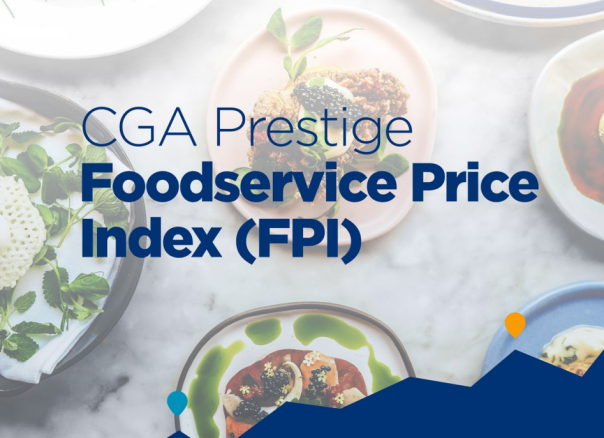
Year-on-year inflation held steady at 1.8% in February, while month-on-month inflation saw a slight decrease of 0.1%. Whilst this reflects a degree of stability for the foodservice sector over the past 12 months, the underlying global economic factors and domestic policy changes present more challenges going forward.
The majority of the Index's categories (six out of ten) experienced month-on-month inflation in February. Only one category out of ten showed year-on-year deflation. The highest year-on-year inflation was observed in oils & fats at 5.7% and coffee, tea & cocoa at 6.8%.
After the sharp increases seen in cocoa and coffee prices over the past 12 months, there has been some recent easing but both commodities still remain at nearly double the average price compared to 2023.
Meat and poultry prices are also under significant upward pressure with beef prices continuing to trade at record highs and price rises in chicken being seen due to the Avian Flu outbreak in Poland.
The impact of recently imposed US tariffs remains a concern, although their full effect is yet to materialise. However, there will undoubtably be some volatility in the market as some imports and exports to and from the United States will start to seek alternative markets.
Shaun Allen, chief executive of Prestige Purchasing, commented: “While the overall Foodservice Price Index indicates inflation has been tracking at a relatively low level to date, the upward price pressure on key commodities like beef, chicken, dairy and coffee combined with the impacts from the National Minimum Wage and National Insurance Contribution changes means we are likely to see a resurgence of inflation in the coming months. Operators should ensure they have robust procurement strategies and mitigation plans in place where possible to navigate the challenges ahead.”
Looking ahead, the foodservice sector must also consider the potential inflationary impact of the Autumn Budget which takes effect in April.
The associated rise in labour costs will start to filter through the supply chain, adding further upward pressure to food and beverage pricing as producers and wholesalers adjust to increased overheads. This, coupled with existing pressures on food production costs, suggests that while the current inflation rate is subdued, businesses should remain vigilant for future price increases.
Reuben Pullan, senior insight consultant at CGA by NIQ, said: “The inflationary waters in foodservice have been calm lately, but there are several major causes for concern.
“Increases in National Insurance contributions will hit hospitality operators’ margins and are also likely to drive up some prices, while tariff wars will inevitably cause more collateral damage across the sector. Confidence among both consumers and leaders remains hesitant, and businesses will need to stay laser focused on cost management and margins in the months ahead.”